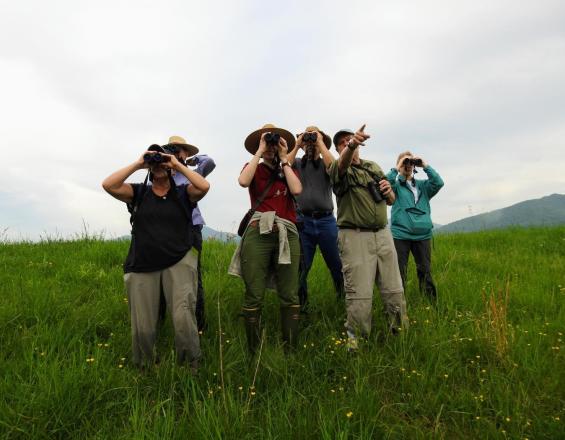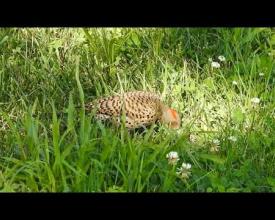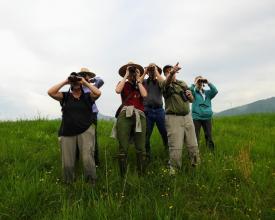
Preserving Virginia’s native landscapes with the help of citizen scientists and private landowners

Virginia Working Landscapes (VWL) is a program of the Smithsonian Conservation Biology Institute that promotes the conservation of native biodiversity and sustainable land use through research, education and community engagement.
VWL partners with a regional network of organizations, landowners and citizen scientists in order to conduct innovative research on Virginia’s native plants and wildlife. Research is conducted on both public and private lands, with a focus on biodiversity, ecosystem services and threatened species.
Community engagement is key to this program. Each year, VWL trains a dedicated group of citizen scientists to conduct biodiversity surveys. The individuals play an important role both as researchers, and as conservation ambassadors in the community.
The data collected by citizen scientists is then used engage and educate local landowners about biodiversity and sustainable land-use.
Impacts
Central to this innovative project is community engagement. Citizen scientists conduct surveys and private landowners provide access to their land and learn more about conservation.
VWL's survey network currently spans 61,000 acres of private land and 11,500 acres of public land. Over 500 surveys have been conducted and 400 species observed. These surveys provide valuable information on the status of the region's biodiversity while informing best land management practices for sustaining both wildlife and people.
For example, the Grassland Biodiversity project determines how different meadow management approaches affect richness and abundance of birds, plants and pollinators. The data gathered helps landowners make informed decisions about improving grassland habitat and overall biodiversity on their property.
The overwhelming majority of land in Virginia is held in private hands, with more than 90 percent of grasslands privately-owned. Therefore, landowners and citizens are the stewards of most of the natural resources in Virginia and key to the success of preservation efforts.







